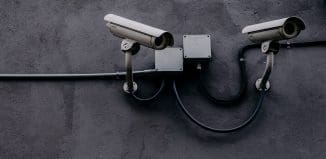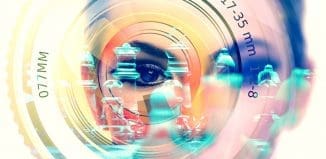Optical tracking of people in indoor areas developed by Carnegie Mellon

This post is also available in:  עברית (Hebrew)
עברית (Hebrew)

Researchers at Carnegie Mellon University have developed a method for tracking the locations of multiple individuals in complex, indoor settings using a network of video cameras. Multi-camera, multi-object tracking has been an active field of research for a decade, but automated techniques have only focused on well-controlled lab environments. The Carnegie Mellon team, by contrast, proved their technique with actual residents and employees in a nursing facility — with camera views compromised by long hallways, doorways, people mingling in the hallways, variations in lighting and too few cameras to provide comprehensive, overlapping views.
i-HLS Israel Homeland Security
According to Science Daily, the performance of the Carnegie Mellon algorithm significantly improved on two of the leading algorithms in multi-camera, multi-object tracking. It located individuals within one meter of their actual position 88 percent of the time, compared with 35 percent and 56 percent for the other algorithms.
The researchers — Alexander Hauptmann, principal systems scientist in the Computer Science Department (CSD); Shoou-I Yu, a Ph.D. student in the Language Technologies Institute; and Yi Yang, a CSD post-doctoral researcher — will present their findings June 27 at the Computer Vision and Pattern Recognition Conference in Portland, Ore.
Face detection helps immensely in re-identifying individuals on different cameras. But Yang noted that faces can be recognized in less than 10 percent of the video frames. So the researchers developed mathematical models that enabled them to combine information, such as appearance, facial recognition and motion trajectories.
Using all of the information is key to the tracking process, but Yu said facial recognition proved to be the greatest help. When the researchers removed facial recognition information from the mix, their on-track performance in the nursing home data dropped from 88 percent to 58 percent, not much better than one of the existing tracking algorithms.
The nursing home video analyzed by the researchers was recorded in 2005 using 15 cameras; the recordings are just over six minutes long.
Further work will be necessary to extend the technique during longer periods of time and enable real-time monitoring. The researchers also are looking at additional ways to use video to monitor resident activity while preserving privacy, such as by only recording the outlines of people together with distance information from depth cameras similar to the Microsoft Kinect.



























